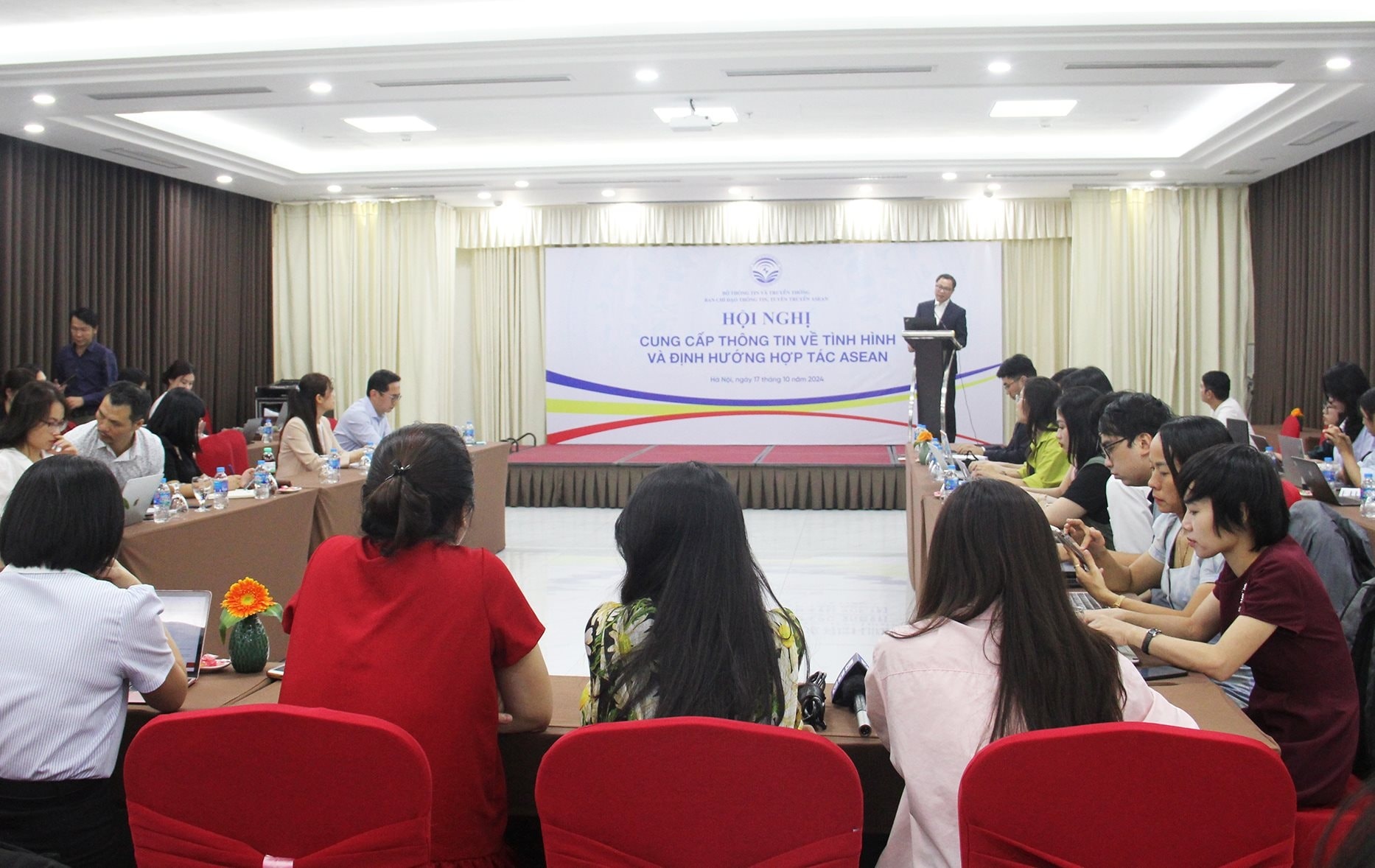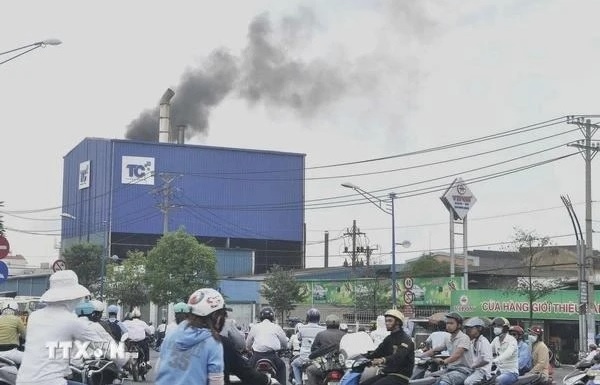PM Dung to kick off ASEAN Tour
Prime Minister Nguyen Tan Dung this month pays official visits to ASEAN members, including Indonesia, the Philippines, Singapore, Myanmar and Brunei.
 Dung will look to cement Vietnam’s already strong ties with ASEAN |
Le Dung, spokesman for the Ministry of Foreign Affairs, said the visits, starting from August 8, were aimed at strengthening friendship and cooperation, particularly in trade and investment, between Vietnam and other ASEAN members.
The prime minister will meet his counterpart and other high-ranking leaders in each country. He will also tour local industrial areas and meet with business communities.
Vietnam is expected to sign memorandums of understanding on cooperation, culture and anti-corruption activities with Indonesia.
In the Philippines, PM Dung is expected to sign memorandums of understanding on trade promotion and culture, as well as the action plan for the implementation of the joint declaration on cooperation in the first 25 years of the 21st century and beyond.
The premier is also expected to sign an agreement on double-taxation avoidance and a deal on sporting cooperation with Brunei. In addition, a memorandum of understanding between Petroleum Brunei and PetroVietnam is expected to be inked.
Professor Carl Thayer, an expert on Vietnamese affairs at the Australian Defence Force Academy, told Vietnam Investment Review that the trip would demonstrate the country’s commitment to forging close political and economic relations with its neighbours.
“This is important because one of the keys to ASEAN’s success is the ability of its leaders to interact comfortably with each other. This aids in cooperation and policy coordination,” said Thayer, adding that Vietnam had close diplomatic and political relations with all five countries.
According to Thayer, Vietnam has the closest economic relations with Singapore, followed by the Philippines, Indonesia, Myanmar and Brunei.
“In most cases, Vietnam has already signed long-term, multifaceted and cooperative agreements with ASEAN members.
“Dung’s trip will be an occasion to review progress, assess sluggish areas and identify and develop new and higher forms of cooperation,” he said.
At present, Singapore is Vietnam’s fourth largest trading partner with bilateral trade up 8.6 per cent to $7.4 billion in 2006 against the previous year. In addition, Vietnam is Singapore’s 14th largest export market, with more than $5.7 billion worth of goods exported last year. With 503 registered investment projects valued at $9.6 billion, Singapore is also the second largest foreign investor in Vietnam in terms of pledged capital.
“The bilateral relationship not only has considerable depth but also significant potential for development,” said Thayer. He added that Vietnam was geographically close to Singapore and had a good deal of land, an asset that Singapore lacked. In addition, Singapore had capital and the experience needed to help develop Vietnam’s industry and transport infrastructure, as well as excellent human resource management, information technology, and service sectors.
“There is plenty of scope for further development. For example, Singapore can assist Vietnamese companies in getting listed on the Singapore stock exchange,” said Thayer.
Trade relations between Vietnam and Indonesia have also increased rapidly in recent years. In 2006, bilateral trade volume reached $2 billion, of which Vietnam’s exports was $1 billion, a huge success considering the trade deficit of between $100-$200 million in 2000-05. However, at present Indonesia has only 13 projects worth $130 million in Vietnam.
In its partnerships with the Philippines, Vietnam has often experienced a trade surplus. In 2006, bilateral trade volume between Vietnam and the Philippines rose 8.3 per cent to $1.13 billion, $782.8 million of which was earned from Vietnam’s exports. Vietnam imported $347.2 million worth of goods from the Philippines.
In terms of investment, the Philippines currently has 30 projects with a total registered capital of $247 million. Philippine investment is focused mainly in industry, comprising 14 projects with a registered capital of $157.4 million.
Trade and investment ties between Vietnam, Myanmar and Brunei remain modest. Last year, two-way trade between Vietnam and Myanmar reached only $71.4 million, primarily in imports to Vietnam. At present, Myanmar has no projects in Vietnam.
Although trade volume between Vietnam and Brunei rests at $4.5 million, Brunei boasts 11 projects in the country with $39.92 million in registered capital. Brunei investments are mainly focused in manufacturing (ceramics, tiling and glass), and the financial sector.
ASEAN was established on August 8, 1967 in Bangkok, Thailand. Vietnam joined the association on July 28, 1995. Dung’s visits to the five ASEAN members will begin on August 8, ASEAN’s 40th anniversary.
What the stars mean:
★ Poor ★ ★ Promising ★★★ Good ★★★★ Very good ★★★★★ Exceptional
 Tag:
Tag:
Related Contents
Latest News
More News
- Mitsubishi Estate launches Logicross Hai Phong - a milestone in logistics evolution (November 20, 2024 | 14:32)
- Semiconductor workforce partnerships deliver industry-relevant training (November 20, 2024 | 10:58)
- German Quickpack to invest $31.7 million in Long An province (November 20, 2024 | 09:31)
- Foreign-invested enterprises drive logistics investment in the southeast region (November 20, 2024 | 09:27)
- Chile visit underscores trade benefits (November 19, 2024 | 10:00)
- Trump’s second term impacts sci-tech activities and industry 4.0 technologies (November 18, 2024 | 10:00)
- Vietnam eyes nuclear revival to bolster energy security (November 14, 2024 | 16:46)
- Kyokuyo completes $13.5 million seafood factory in Vietnam (November 14, 2024 | 12:19)
- VinFast receives $3.5 billion funding from Vingroup and Pham Nhat Vuong (November 14, 2024 | 06:38)
- Localities sprint to reach FDI targets (November 13, 2024 | 10:00)
























 Mobile Version
Mobile Version